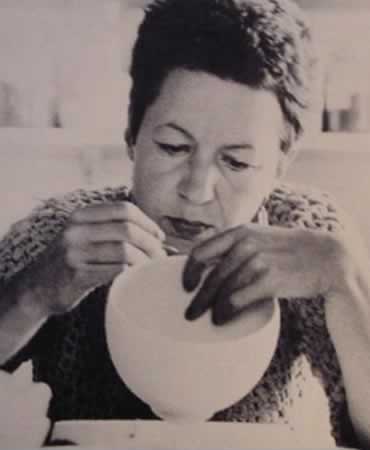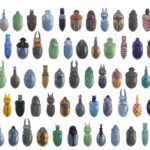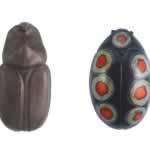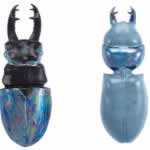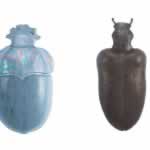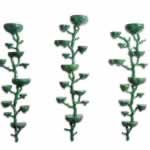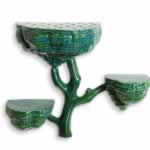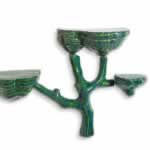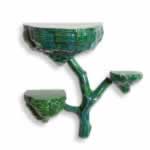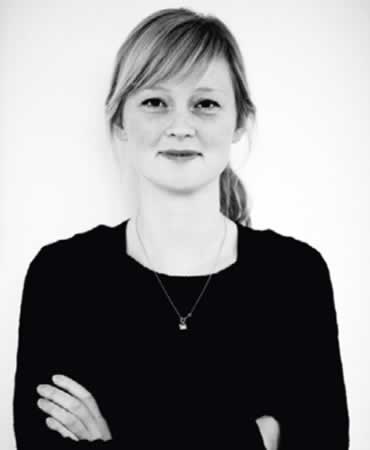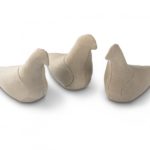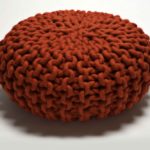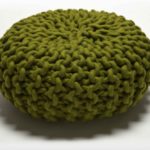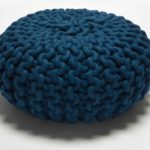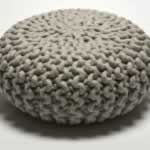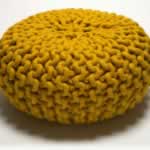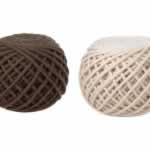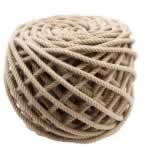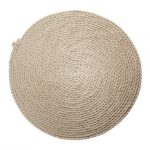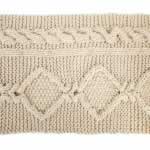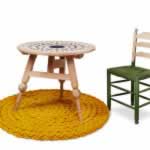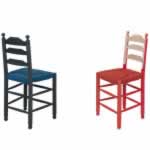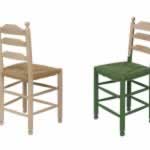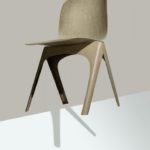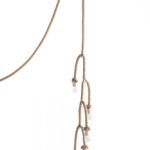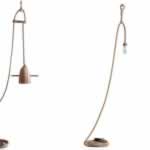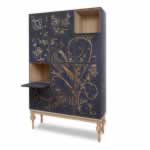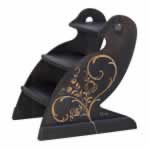RAR is a studio founded in 2010 in Holland by two German artists, of very different generations, but united by the same course of study and the same passions: Beate Reinheimer and Ulrike Rehm.
Beate Reinheimer was born in 1943 and graduated from the Gerrit Rietveld Academy in Amsterdam in 1972, then holding many conferences at the same Academy for over 25 years; his ceramic works have been exhibited all over the world and are included in the permanent collection of the Boymans van Beuningen in Rotterdam and the Centraal Museum in Utrecht.
Urike Rehm was born in 1976 and graduated from the same Academy 25 years later and ended his study at the Sandberg Institute in Amsterdam in 2011. His work was exhibited at the Stedelijk Museum in Amsterdam and during the Dutch Design Week in Eindhoven.
The two artists decided to combine passions and skills by starting to create some objects of great poetry, where Reinheimer’s long experience and recognized ability and skill are combined with the freshness and modernity of Rehm’s works.
The theme addressed is often that of vases or containers for flowers, where the flower itself becomes superfluous for the beauty of the object itself, to hang on the wall as a decorative element. Among the most interesting works of the two artists, a porcelain wall installation stands out: “Hain”: the collection consists of three tall porcelain trees combined with “mushrooms” and is glazed in semitransparent green. Mushrooms can be used as a display. The complete series was produced in a limited and numbered edition of 10. Three smaller sets are made in an edition of 99. “Hain”, the poetic German word for “forest”, originates from the designers’ fascination with the nature, art and architecture. This work combines the artistic structures of flora, the 17th and 18th century Wunderkammer and the previous use of consoles in a fascinating and magical object.
Another now iconic collection consists of more than 60 refined wall-beetle pots, all different, made and hand-painted, each numbered 1-30 in a limited edition: the beetles, each referring to a real existing insect, have become an object much desired by enthusiasts and collectors.
